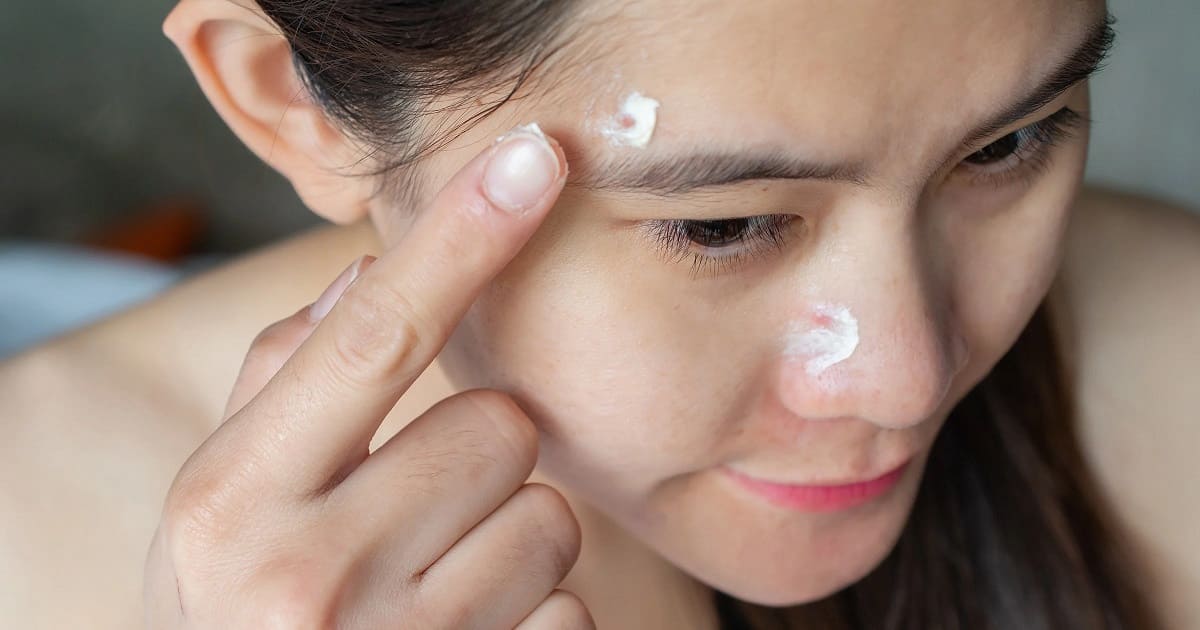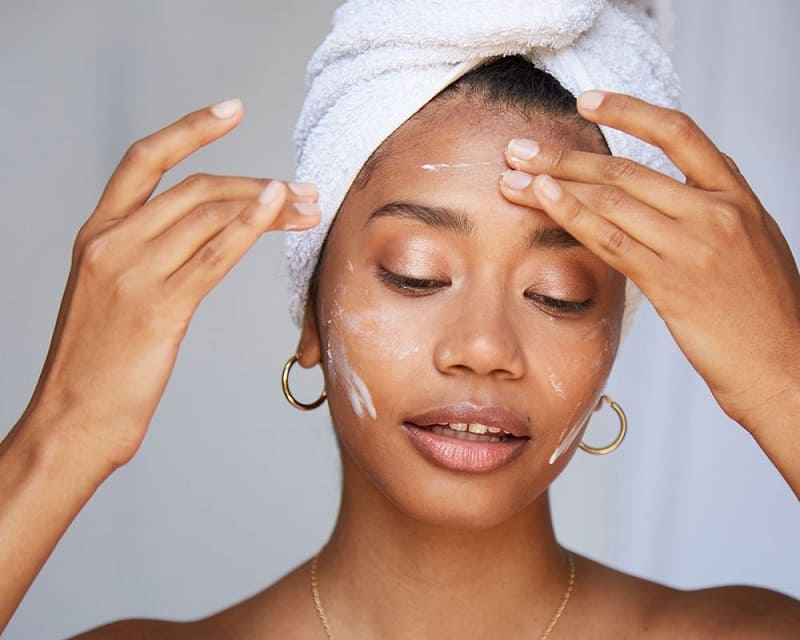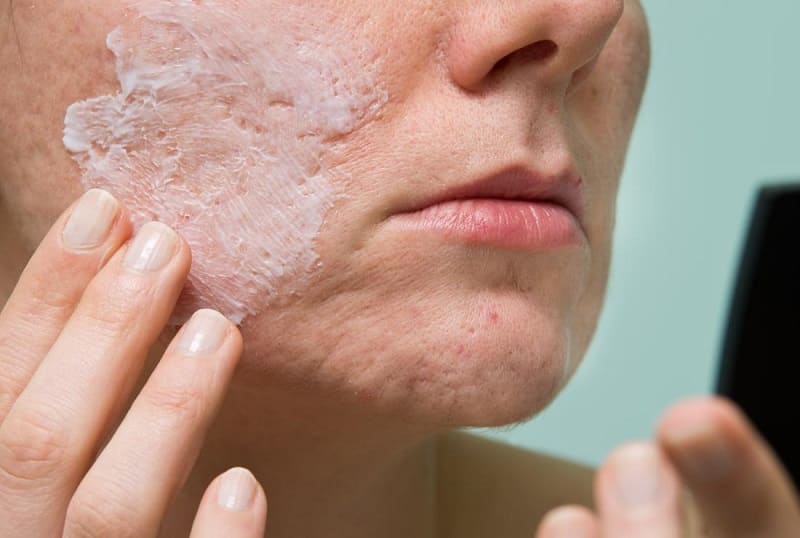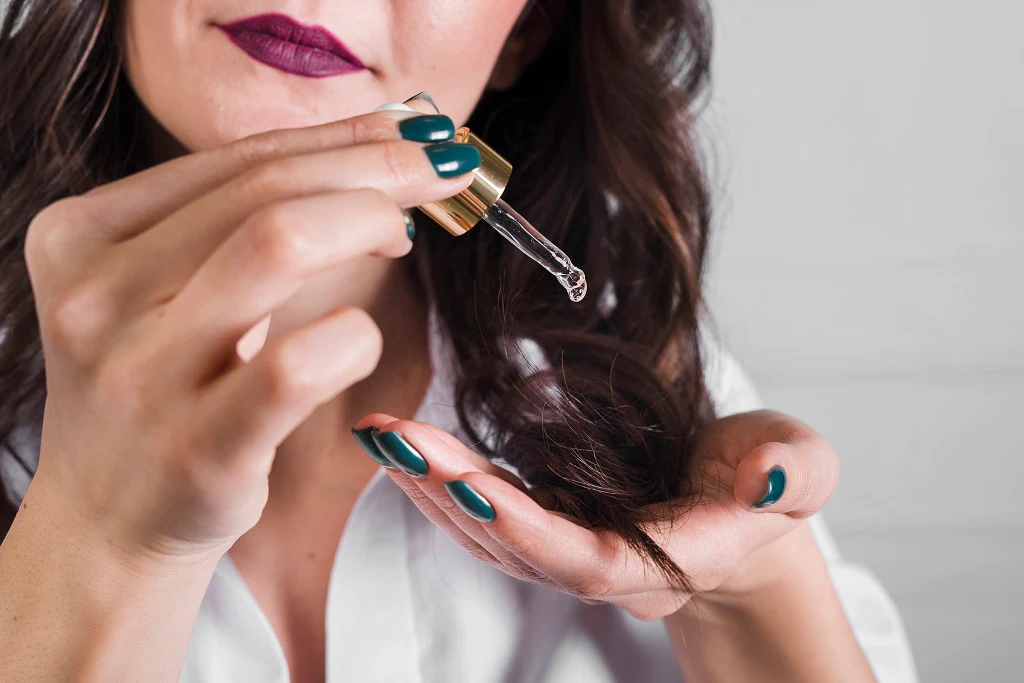
Few ingredients penetrate pores to dissolve blockages and soothe inflammation like salicylic acid when it comes to treating spots and controlling oily skin. Dermatologists will generally recommend it as the first line of defence against emerging blemishes and excess sebum production.
While it may be tempting to double down on cleansing, up your exfoliating routine, and multi-mask to prevent breakouts (which will almost certainly exacerbate the problem by disrupting the skin barrier), you may want to take a simpler and far more effective approach.
ADVERTISEMENT
But, exactly, how does salicylic acid work? And how should you use it to make the most of its skin-clarifying properties? We asked a dermatologist and a slew of skin experts to dissect this ingredient and explain how to incorporate it into a routine for the best results.
What is Salicylic Acid?
Salicylic acid is derived from willow bark and belongs to the salicylates class of ingredients. Not only that, but it is also a Beta Hydroxy Acid (BHA), which means it can help with acne. Salicylic acid, unlike AHAs, can penetrate deeper into pores to unclog them by dissolving the sticky glue that binds oil and dead skin cells together.
Because salicylic acid is oil-soluble, it can more easily pass through the skin barrier. The top layer of the skin is saturated in lipids, which are oil-based, to form a protective waterproof layer that prevents things from penetrating and entering the body. Because a blocked pore is deep, you must get past the waterproof barrier by partially mimicking the lipid structure. Salicylic acid, an oil-soluble ingredient, can penetrate deeply into the skin layers and break down the root cause of a blocked pore.

What Does Salicylic Acid Do for the Skin?
Now that we know what this acid is, let’s discuss what it does and why it’s so beneficial. Salicylic acid is a skincare powerhouse, capable of removing dead skin and lightening dark spots.
ADVERTISEMENT
1. It’s a Great Exfoliator
As previously stated, BHAs (including salicylic acid) are used for exfoliation. BHAs are used for chemical exfoliation in the same way that AHAs are. This is a chemical exfoliant, so don’t expect to see any granules scrubbing away dead skin like you would with a physical exfoliant or scrub. Chemical exfoliants, such as salicylic acid for skin, dissolve dead cells gently, leaving your complexion looking more youthful and radiant over time.
2. It May Help Reduce Inflammation
Salicylic acid is also anti-inflammatory and calming for the skin. Good news is that this acid is mild enough to be used by people with sensitive skin and those prone to redness and/or rosacea. Do not overuse this acid, as overuse of any exfoliator can cause dryness.
3. It’s Great for Acne
Acne and salicylic acid go together like peanut butter and jelly. Salicylic acid is antimicrobial and can penetrate deep into your pores to open and close comedones (again since the BHA is oil-soluble). This also helps to reduce the visibility of acne-induced hyperpigmentation. Cheers to a brighter, more even skin tone!

4. It’s Like a Vacuum for the Pores
Salicylic acid is oil-soluble and can penetrate deeper into pores than AHAs. It can even penetrate deep into the pores, assisting in the removal of dirt, oil, and excess sebum. And because clear pores appear smaller, the skin appears soft, supple, and smooth.
5. It May Help Promote a Healthy Scalp
It’s also used in anti-dandruff shampoos because of its keratolytic properties, which help loosen dry flakes. If you have dandruff on your scalp, see a trichologist or dermatologist to see if a salicylic acid formula is right for you.

Who Should Use It?
Salicylic acid is recommended for people with oily or acne-prone skin. It’s also an excellent choice for people who have hyperpigmentation, rosacea, or generally congested skin.
ADVERTISEMENT
Because it is a bit drying, people with extremely dry or sensitive skin should probably avoid it. There are, however, salicylic acid cleansers formulated with hydrating ingredients that are suitable for all skin types. These cleansers also contain much less acid than a leave-on product, making them much gentler on the skin.
Are There Any Side Effects?
Salicylic acid is generally tolerable, but some people find it drying. And, in fact, that is the purpose of this active ingredient. Its main benefit is that it absorbs excess oil, so if you don’t have excess oil, to begin with, you’ll find your skin tight, dry, and even slightly irritated.
In general, salicylic acid should be used exactly as directed, so don’t throw away your skin care packaging until you’ve read the instructions. Most products will tell you to use it one to two times per day. If your skin becomes excessively dry, flaky, or irritated, reduce usage to once a day or once every other day until you’ve developed a tolerance.

Over to You
Consider incorporating salicylic acid into your weekend beauty routine to remove oil, dirt, and other impurities that may cause breakouts.
ADVERTISEMENT
When it comes to exfoliating and detoxifying the skin to prevent and resolve breakouts, salicylic acid means business. Check the label when selecting your holy grail acne and breakout products, and make sure salicylic acid is on the list!
ADVERTISEMENT











